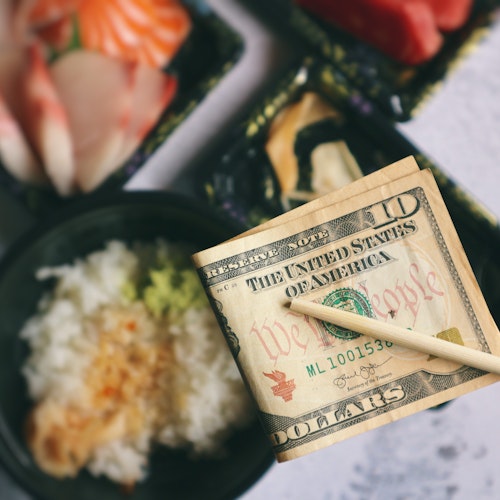How Many Days to Spend in Kyoto: A Traveler's Guide

Kyoto, once the imperial capital of Japan, is a city that effortlessly blends ancient traditions with modern sensibilities. Known for its well-preserved temples, sublime gardens, traditional tea houses, and geisha culture, Kyoto offers an unfiltered glimpse into the heart of Japanese heritage. With 17 UNESCO World Heritage sites, it's no wonder that this city is a must-visit destination for travelers interested in history, culture, and natural beauty.
Determining how many days to spend in Kyoto depends on various factors, such as your interest level, travel pace, and the depth of experience you seek. The city's rich tapestry of attractions can keep a visitor engaged for days if not weeks. Whether you're a history buff, a foodie, a nature lover, or someone seeking spiritual enrichment, Kyoto has something to offer.
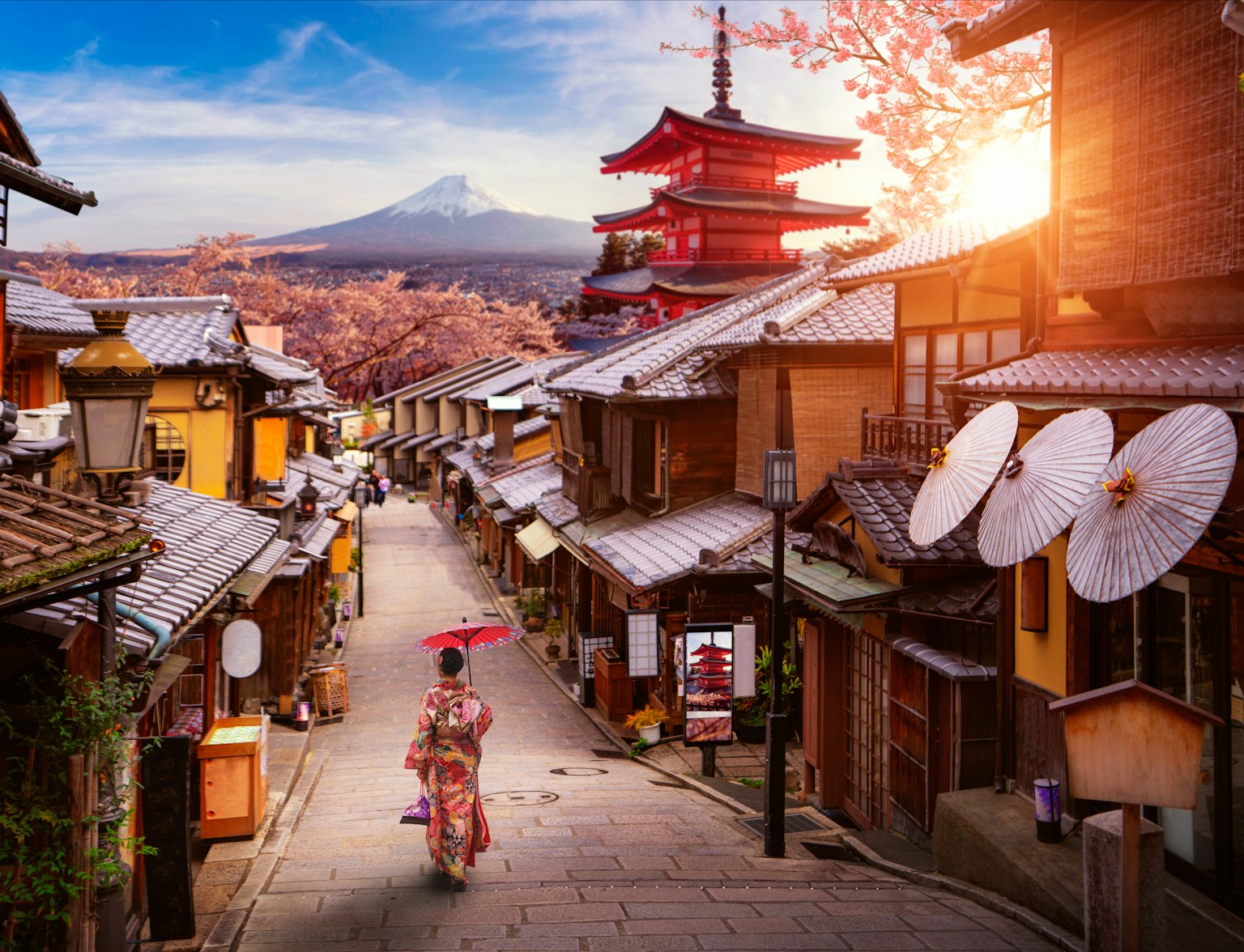
Embark on a full-day adventure in Kyoto with a Private Guide.
The Ideal Time Frame for a Kyoto Trip
A typical traveler might find three to four days sufficient to explore the main attractions of Kyoto. This gives you enough time to visit key landmarks like the Kinkaku-ji (Golden Pavilion), Fushimi Inari Shrine, and Kiyomizu-dera Temple, while also leaving space to immerse in the city's ambiance, try local cuisine, and perhaps attend a tea ceremony.
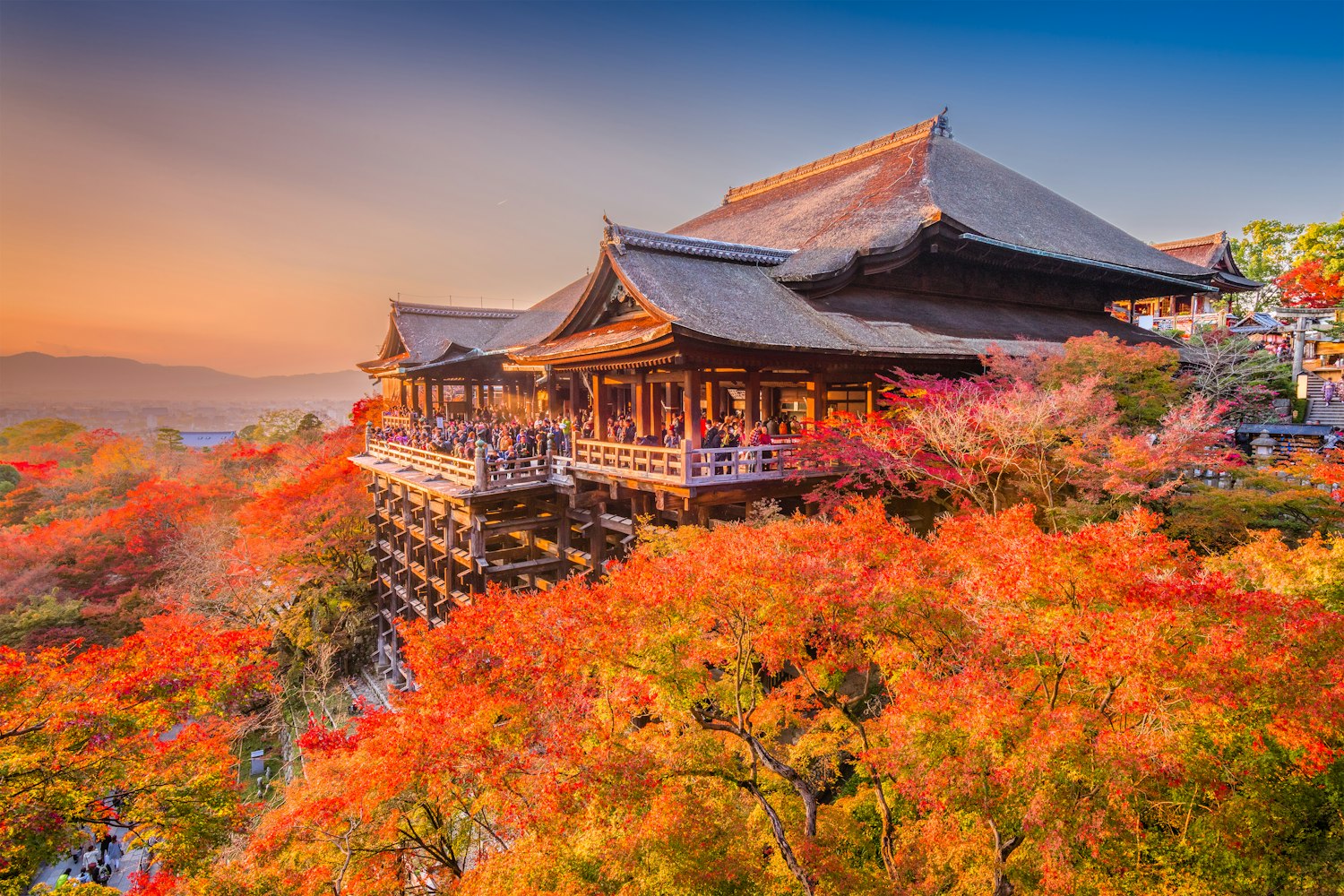
If you're interested in delving deeper into Kyoto's cultural fabric—visiting less known temples, exploring the city's traditional crafts, or venturing into the surrounding countryside—a week-long stay would be more appropriate. This allows for a more leisurely pace and the ability to truly absorb the essence of Kyoto.
Day-by-Day Kyoto Travel Guide
Crafting a day-by-day itinerary is an effective way to ensure you experience the best of what Kyoto has to offer. Below, we've outlined a three-day guide that encapsulates the city's main attractions, cultural experiences, and some interesting day trips.
Making the Most of Day One: Key Kyoto Landmarks
Start your Kyoto journey with a visit to the iconic Kinkaku-ji, or the Golden Pavilion. Marvel at its golden beauty and tranquil surroundings. Next, head over to Ryoan-ji, famous for its rock garden. After lunch, make your way to Nijo Castle with its stunning gardens and 'nightingale floors'. End your day in the historic Gion district, where you might get a glimpse of a geisha on her way to work.
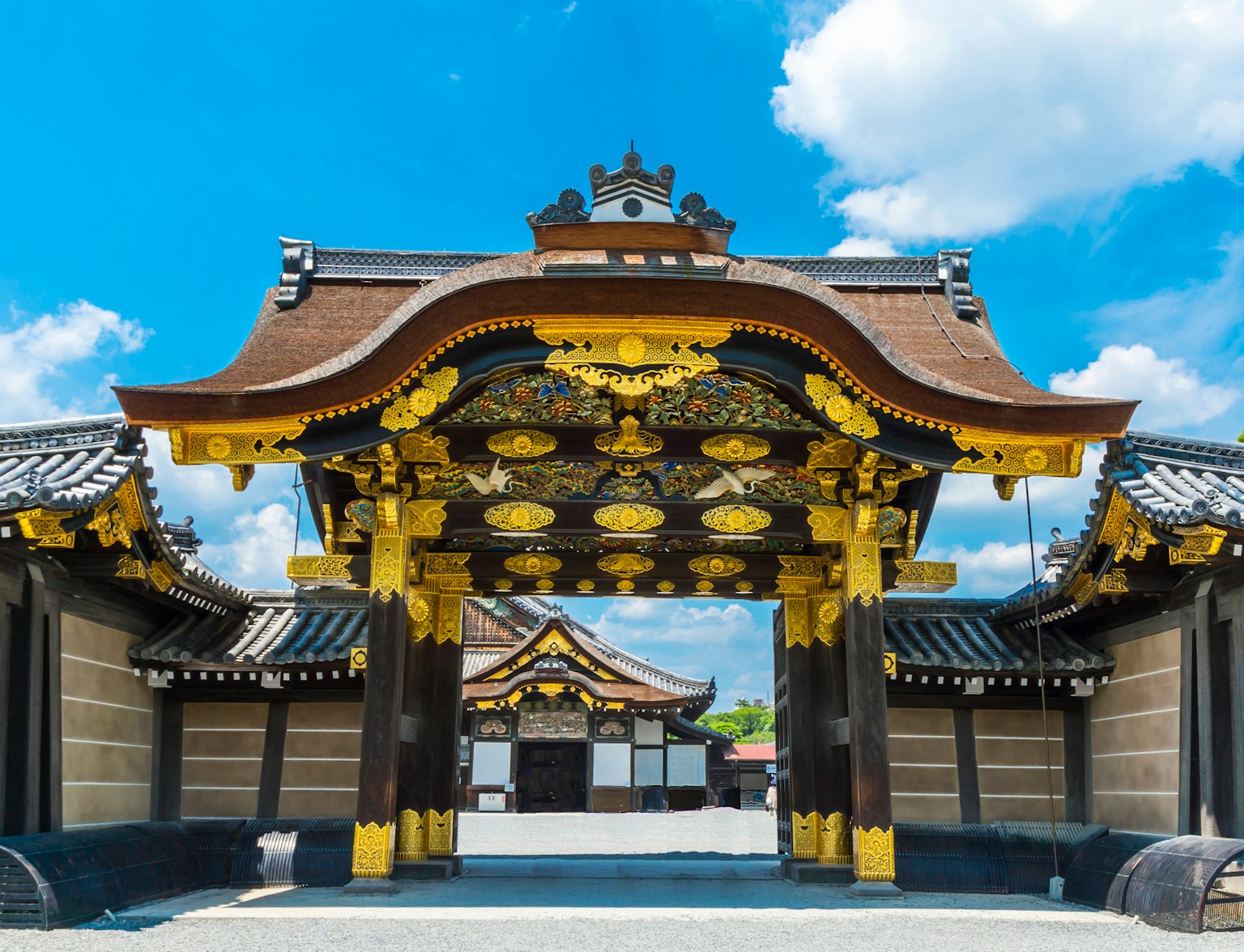
Discover the historical sites of Kyoto on this full-day private guided tour.
Exploring Kyoto’s Culture on Day Two
Kick off your second day at Fushimi Inari Shrine. The walk through thousands of vermilion torii gates is sure to be a highlight of your trip. Then, explore the bustling Nishiki Market and try some local delicacies for lunch.
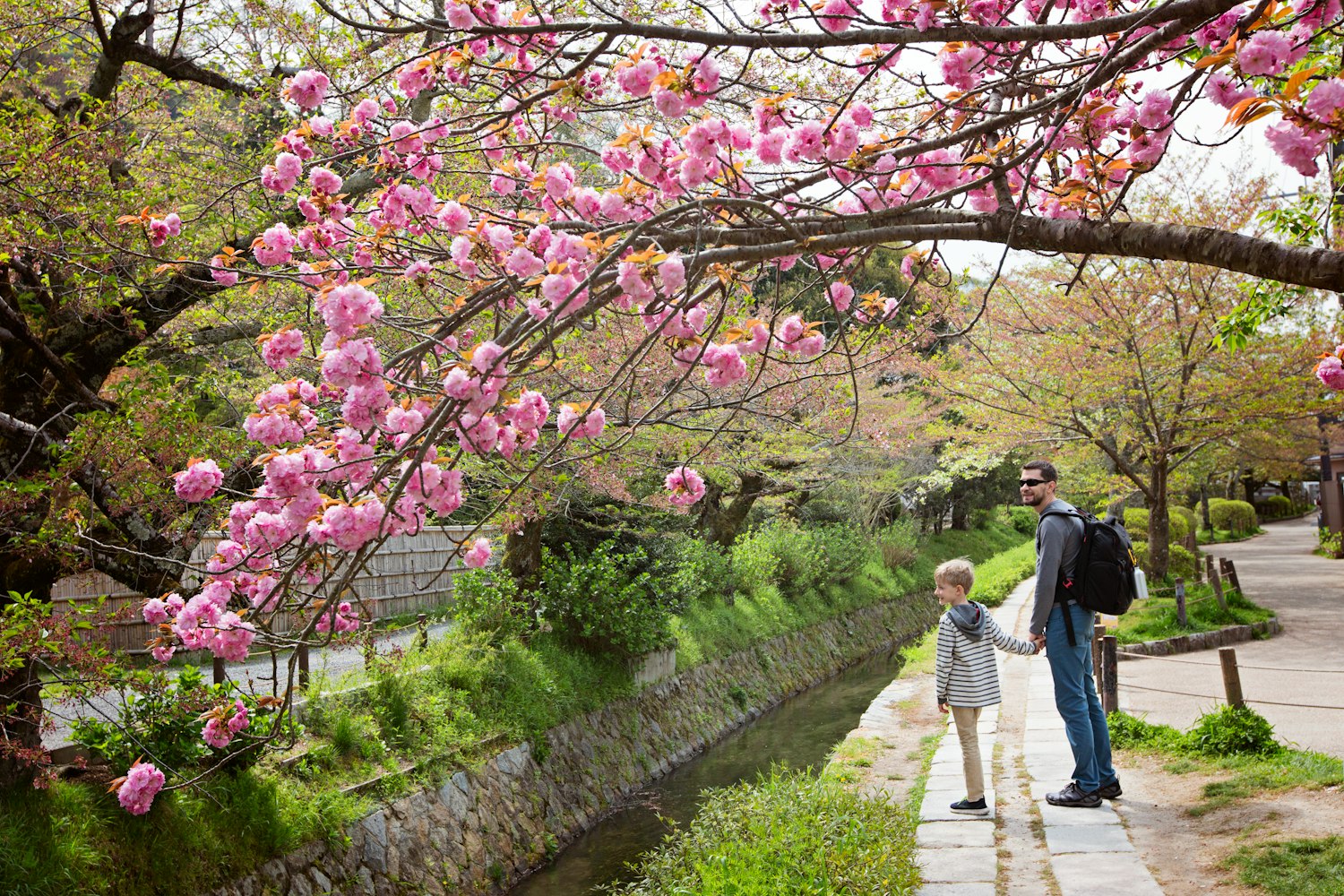
In the afternoon, visit the Kiyomizu-dera Temple and enjoy panoramic views of the city. Round off the day with a stroll down the Philosopher's Path, especially beautiful during cherry blossom season.
Venturing Outwards: Day Trips from Kyoto
On your third day, consider exploring beyond the city limits. The town of Nara, with its giant Buddha statue and friendly roaming deer, is just a short train ride away.

Experience the enigmatic allure of Arashiyama after dark!
Alternatively, you could visit Arashiyama, known for its Bamboo Grove and the scenic Sagano Romantic Train ride. Another option is the mountainous area of Kurama and Kibune, where you can hike, visit temples, and relax in onsen (hot springs).
Famous Attractions in Kyoto
Kinkaku-ji (Golden Pavilion): This Zen temple, covered in gold leaf, is one of Kyoto's most iconic landmarks. Its shimmering reflection against the backdrop of a serene pond offers a breathtaking view.
Fushimi Inari Shrine: Famous for its thousands of vermilion torii gates, this shrine dedicated to the Shinto god of rice is a must-visit. The hike through the gates up to the mountain summit is an unforgettable experience.
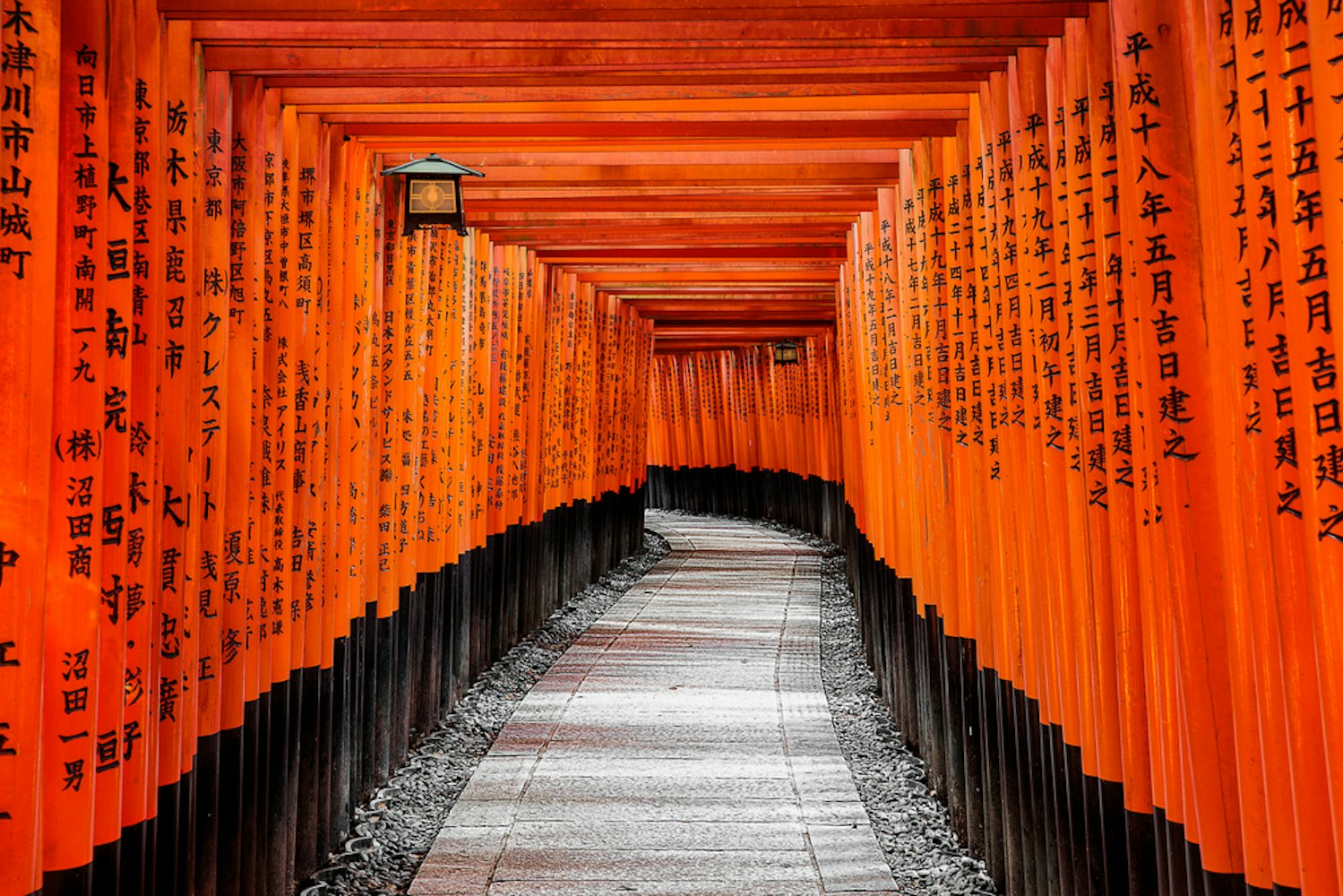
Kiyomizu-dera Temple: Offering stunning views over Kyoto, this historic Buddhist temple is known for its wooden stage that juts out from the main hall, perched 13 meters above the hillside below.
Arashiyama Bamboo Grove: Walking through this towering bamboo forest is like stepping into another world. Don't miss the nearby Tenryu-ji Temple and its beautiful garden.
Gion District: Known as Kyoto's geisha district, Gion is filled with traditional wooden machiya houses, high-end restaurants, and teahouses where geiko (Kyoto dialect for geisha) and maiko (geiko apprentices) entertain.
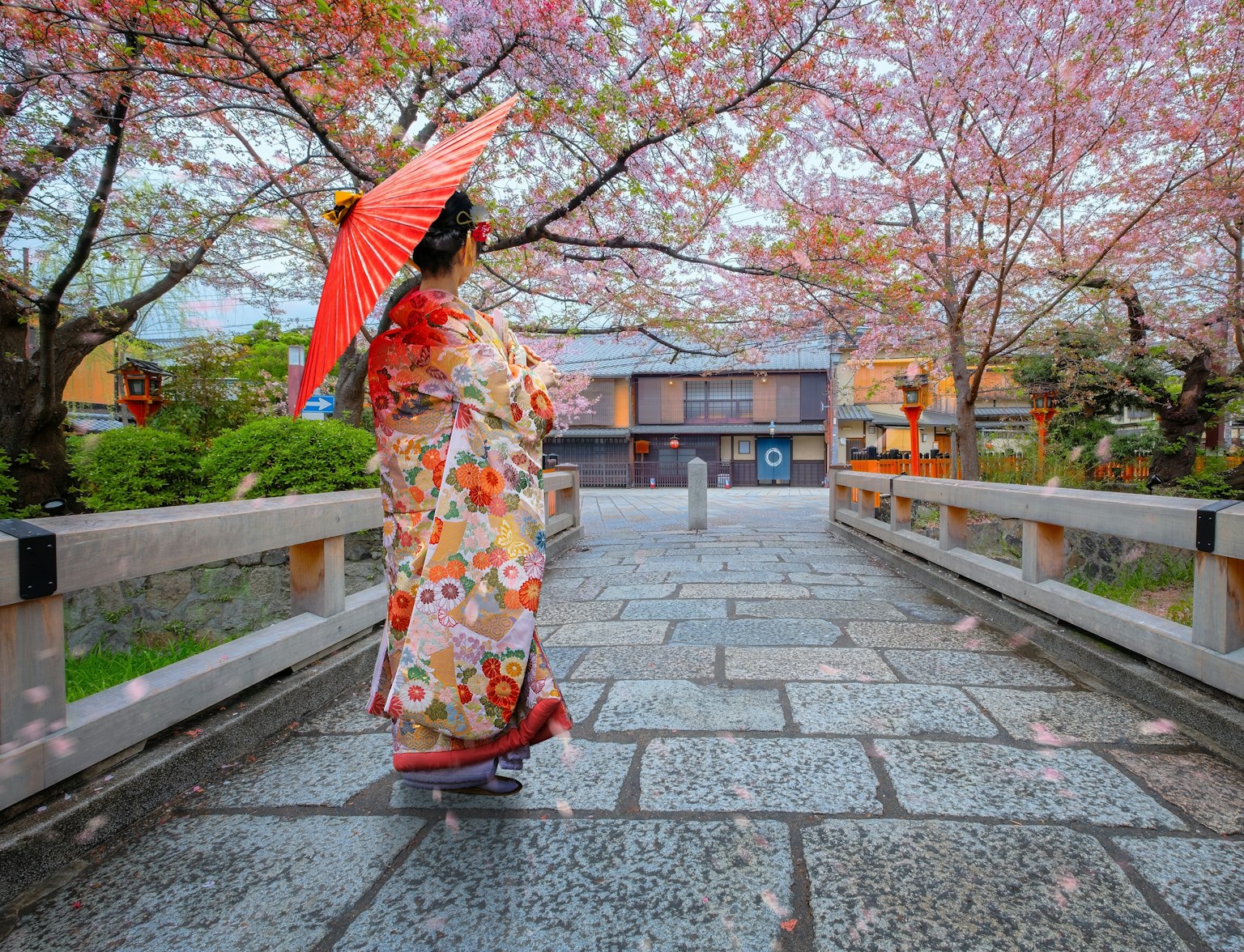
Witness the art of the Geisha through an exclusive performance by a Maiko apprentice.
Accommodation and Dining in Kyoto
Choosing where to stay and eat is an essential part of planning your trip to Kyoto. The city offers a wide range of accommodation and dining options, catering to various tastes and budgets.
Best Areas to Stay in Kyoto
Downtown Kyoto is ideal for first-time visitors as it provides easy access to numerous attractions, shopping districts, and eateries. If you're interested in experiencing Kyoto's traditional side, consider staying in Gion, known as the geisha district. It boasts traditional wooden machiya houses, high-end restaurants, and teahouses.

Nature lovers might prefer Arashiyama, which is close to the famous Bamboo Grove and Tenryu-ji Temple, offering scenic river views. Higashiyama is home to many of Kyoto's most important cultural sites, including Kiyomizu-dera Temple and Yasaka Shrine, making it another excellent choice. For those planning frequent day trips or quick stopovers, the Kyoto Station Area offers a range of accommodations and serves as a major transportation hub.
Japanese Cuisine: Where to Eat in Kyoto?
Kyoto is a gastronomic paradise offering a variety of dining experiences. Here are a few recommendations:
1. Kaiseki Dining: Experience kaiseki, a traditional multi-course Japanese meal at places like Hyotei or Kikunoi.
2. Nishiki Market: Often referred to as "Kyoto's Kitchen", this marketplace offers a vast array of food stalls where you can try local street food.
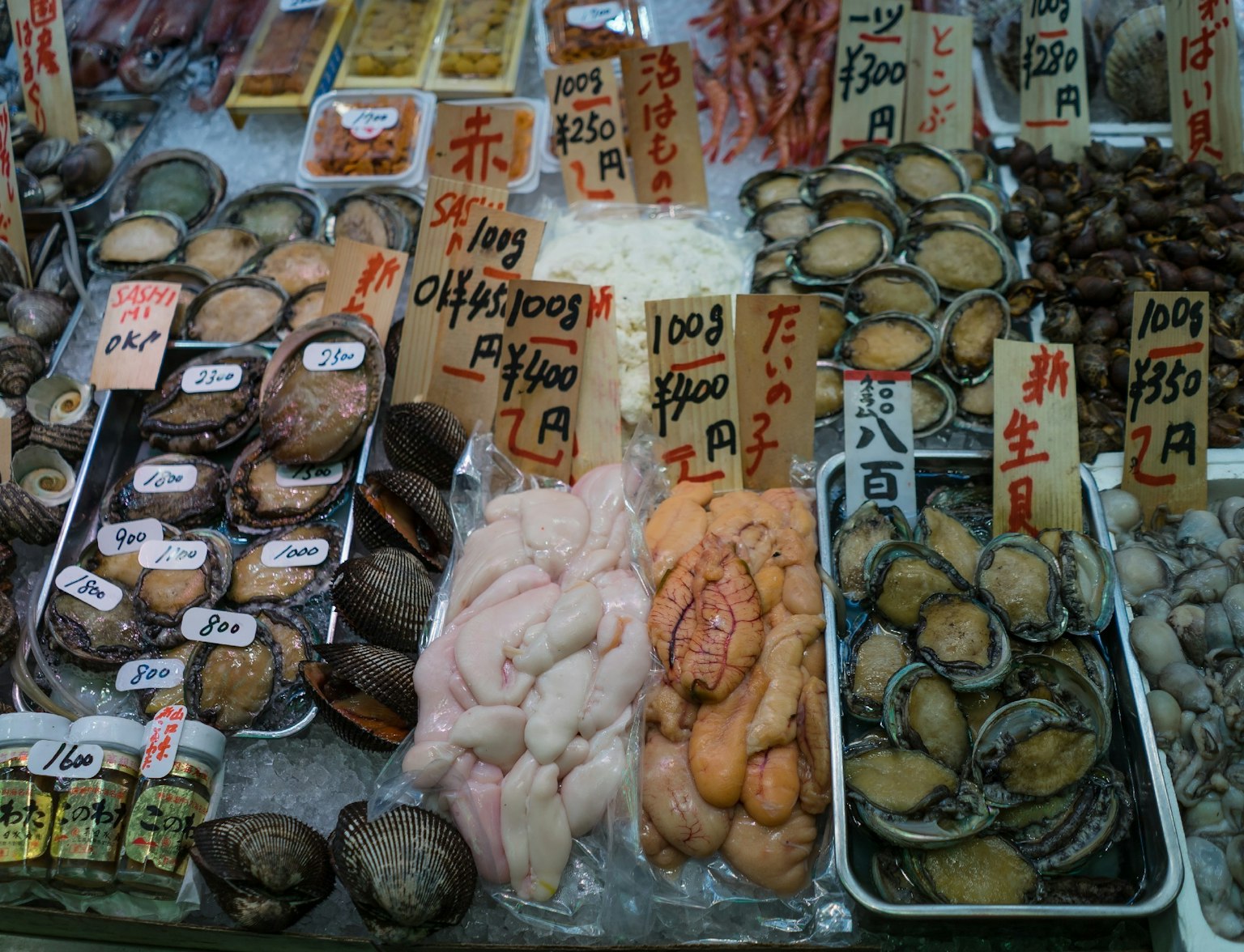
Discover the flavours of Kyoto with a guided walk through the historic Nishiki Market.
3. Pontocho Alley: This narrow alley is packed with restaurants serving everything from budget yakitori to high-end kaiseki dinners.
4. Vegetarian/Vegan Food: Despite Japan's reputation for seafood, there are vegetarian/vegan friendly options like Ain Soph.Journey Kyoto and Veg Out.
5. Teahouses in Gion: Experience the culture of geisha while enjoying matcha tea and sweets in the teahouses of Gion, such as Gion Hatanaka.
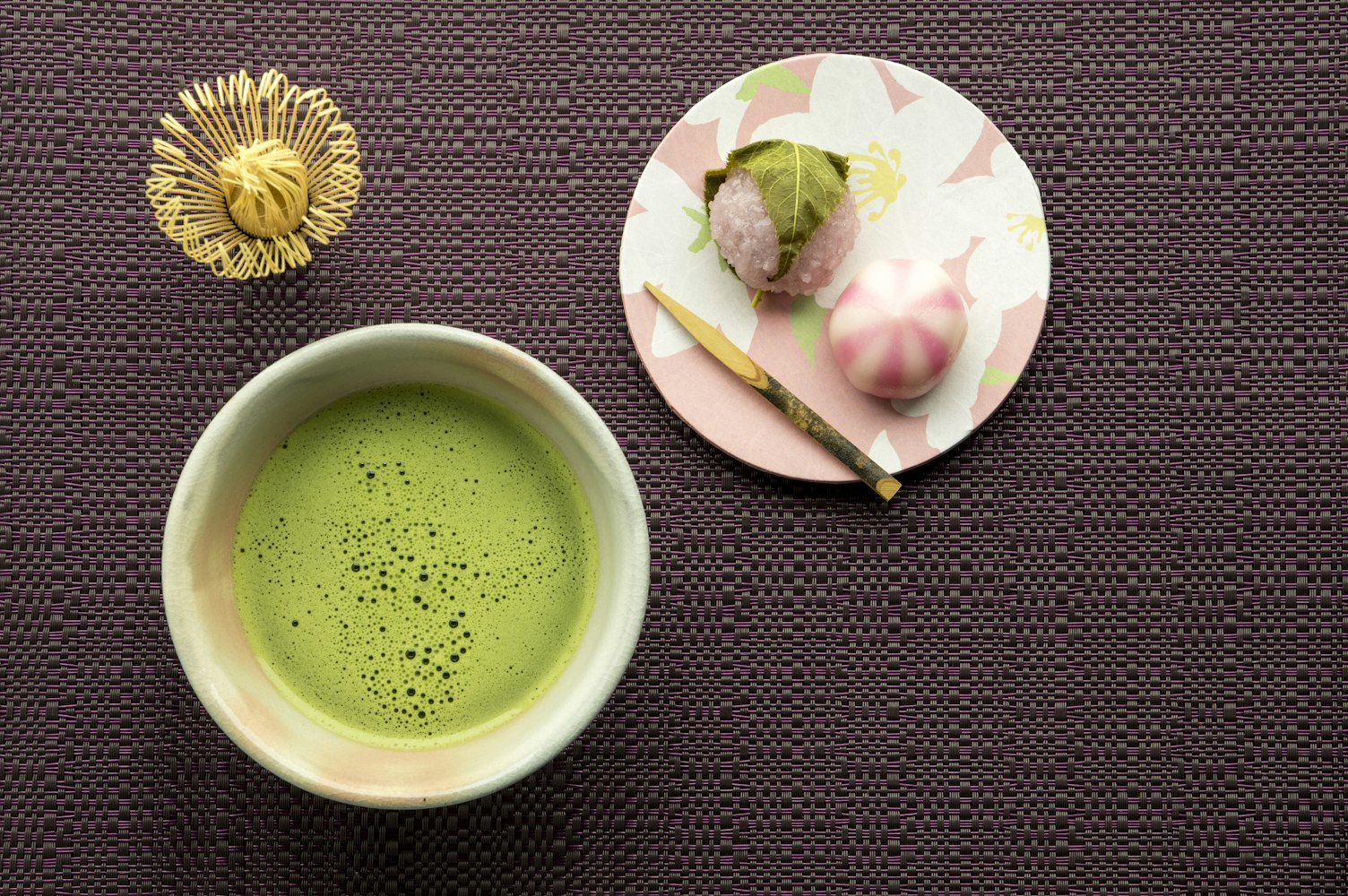
Best Time to Visit Kyoto
Kyoto can be visited year-round, but there are certain times when the city's beauty shines even brighter:
Cherry Blossom Season (Late March - Early April): This is arguably the most beautiful time to visit Kyoto. The city's temples, shrines, and gardens become even more enchanting adorned with the pink hues of cherry blossoms.
Autumn Foliage Season (November): Kyoto's autumn foliage is another spectacular sight. The leaves of maple trees turn vibrant shades of red, orange, and yellow, creating a picturesque landscape.
Gion Matsuri (July): If you're interested in experiencing local culture, consider visiting during the Gion Festival. This month-long event features processions of traditional floats, performances, and street food stalls.
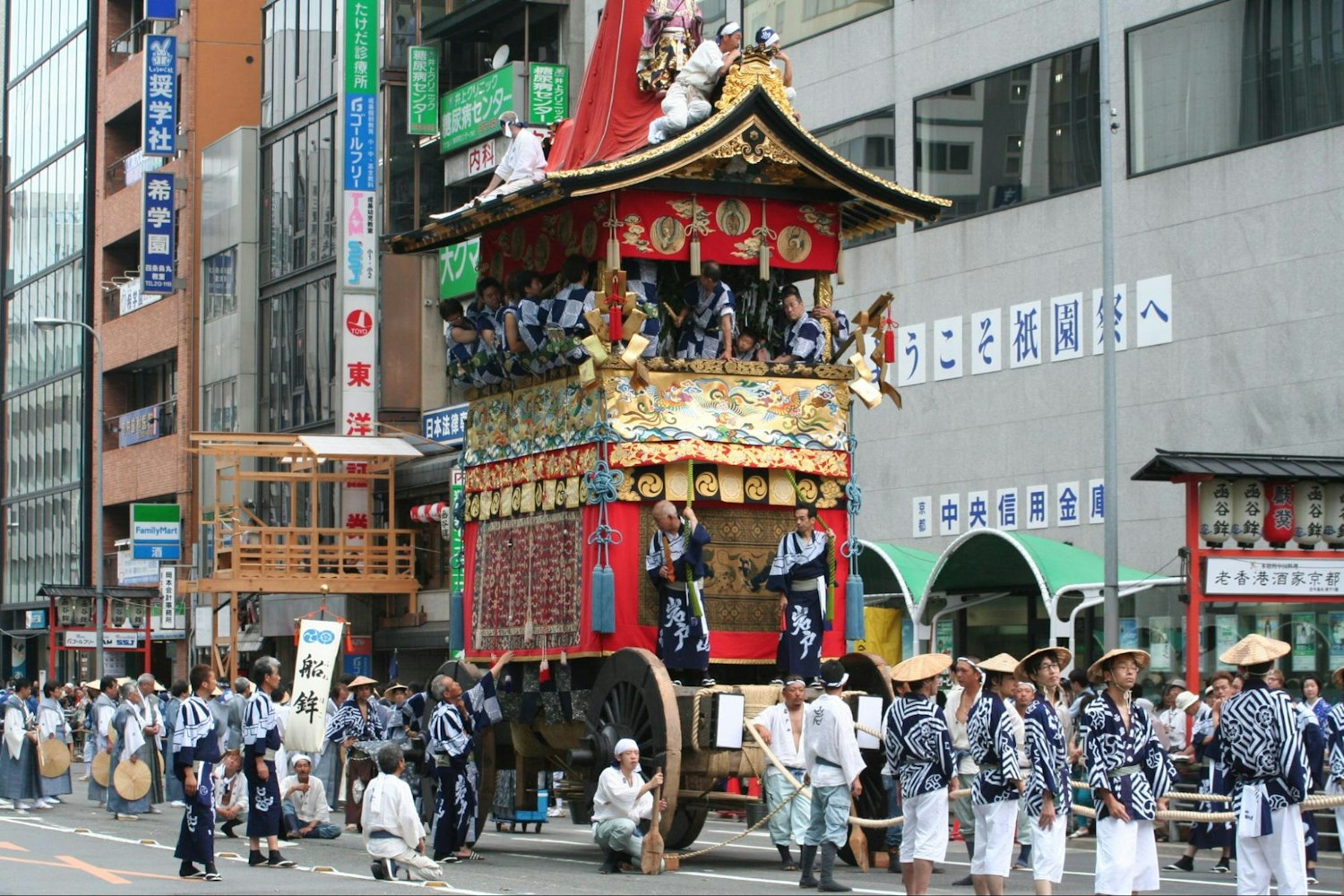
Wrapping up Your Kyoto Itinerary
Ultimately, the number of days you set aside for Kyoto should align with your travel aspirations and personal interests. A standard recommendation is to reserve three to five days to thoroughly enjoy the city's profound historical significance, culinary delights, and engaging local culture.
However, bear in mind that Kyoto isn't a destination to be rushed. This city is a treasure trove of cultural gems and unexpected surprises. The essence of travel lies not just in visiting places but in experiencing them in their entirety.
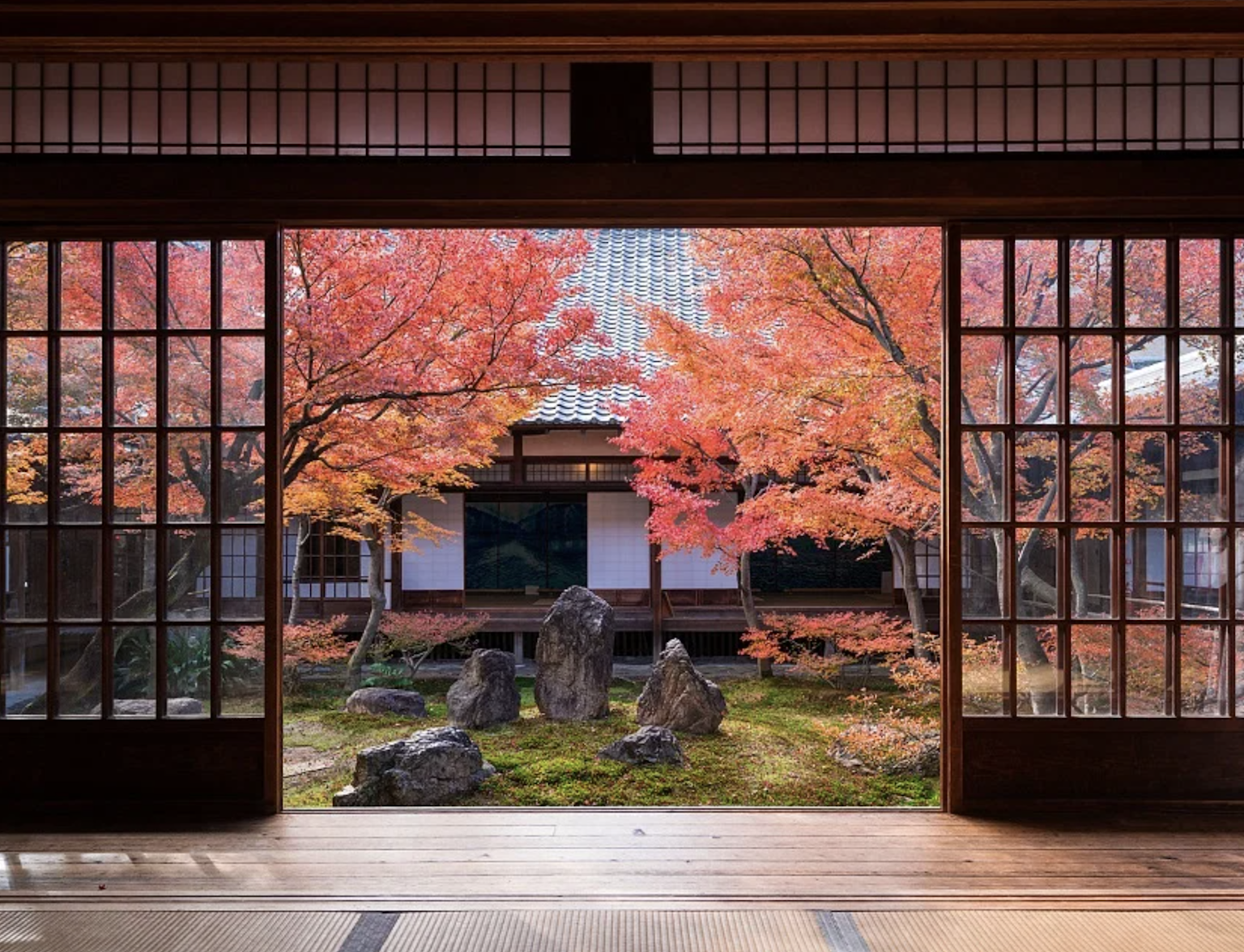
Step into Kyoto's enchanting geisha world, where ancient traditions and modern allure collide.
Frequently Asked Questions
Is 3 days in Kyoto enough?
Three days in Kyoto can be sufficient if you plan your itinerary well. You'll be able to visit main sights like the Kyoto Imperial Palace, Nara Park, and the Pure Water Temple. However, you may miss out on some of the city's hidden gems and off the beaten path attractions like the largest sake breweries or the quiet streets of central Kyoto.
Is 2 days in Kyoto enough?
While two days in Kyoto will allow you to see some of the highlights, including the Todai Ji Temple and the Bamboo Groves, you might feel a bit rushed. There's so much to explore in this incredible city, from learning about green tea to trying a cooking class.
Is it better to spend more time in Osaka or Kyoto?
Both cities offer unique experiences. While Osaka is known for its modern attractions and vibrant nightlife, Kyoto is renowned for its historical sites and traditional Japanese culture. If you're interested in history and culture, spending more time in Kyoto could be beneficial. Plus, Kyoto's conveniently located train station makes day trips to Osaka easy.
Should I spend more days in Tokyo or Kyoto?
It depends on what you're looking to get out of your Japan itinerary. Tokyo is a bustling metropolis with cutting-edge technology and high-end shopping, while Kyoto offers a glimpse into Japan's past with its temples, gardens, and traditional kimonos. If you're interested in history and culture, you might want to spend more days in Kyoto.
Is Kyoto suitable for kids?
Absolutely! Kyoto is a kid-friendly city with various attractions that can be enjoyed by the whole family. Kids will love visiting Nara Park where they can see friendly deer, explore the Kyoto Imperial Palace, or participate in a traditional tea ceremony.
How many days to spend in Kyoto with kids?
A 3 to 4-day trip is ideal when visiting Kyoto with kids. This gives you enough time to explore the main sights at a relaxed pace, including the Todai Ji Temple, Zen gardens, and even a day trip to nearby cities like Nara. Remember to include some fun activities like a cooking class or dressing up in traditional kimonos.



